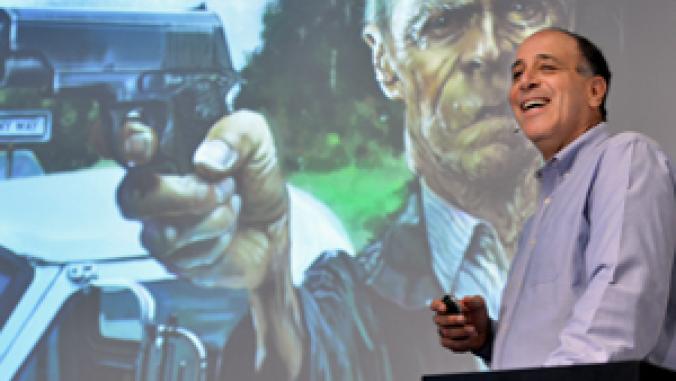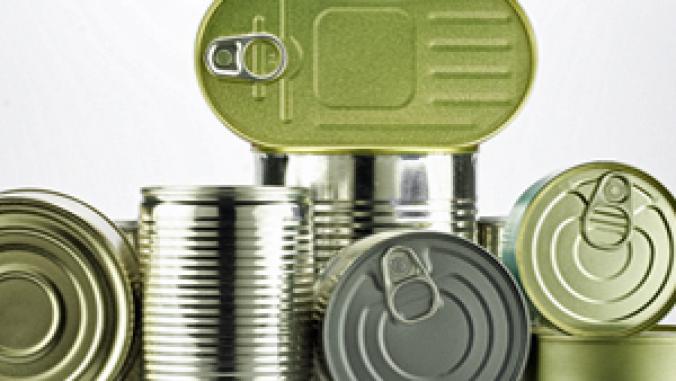Australian Fest to Wipe Out Pest: Thousands of Toxic Cane Toads Put to Death
Thousands of poisonous cane toads met their death in recent days in northern Queensland, where residents of five communities captured the detested amphibians and brought them live and unharmed to collection stations for disposal in a festive event that began during Earth Hour on Saturday.

Thousands of poisonous cane toads met their death in recent days in northern Queensland, where residents of five communities captured the detested amphibians and brought them live and unharmed to collection stations for disposal in a festive event that began during Earth Hour on Saturday.
After being surrendered at the collection stations, some toads were frozen and some were gassed in plastic bags filled with carbon dioxide. Many were donated to James Cook University. The larger specimens of the toads, which can grow to be 8 inches long, were brought to taxidermists to be made into souvenirs. And some are to be recycled as fertilizer for the very crops they were imported to protect 74 years ago.
The ill-fated amphibians are the descendants of toads that were brought to Australia from Central and South America in 1935 in a failed to attempt to control the beetles that feed on sugar cane crops. Unfortunately, the toads are incapable of leaping high enough to consume the beetles that roost near the tops of cane stalks.
Cane toad up close.
So the voracious toads, robust breeders whose adult females can carry as many as 20,000 eggs, took up residence and multiplied rapidly.
Glands in their skin secrete venom that is highly toxic to predators and harmful to domestic animals that attempt to eat them. The toads and their venom can be extremely dangerous (pdf) to humans who swallow them or -- in thrill-seeking for a poison-fueled high, lick them.
The toads' appetites, however, are largely unchecked: They eat insects and frogs, as well as reptiles, small mammals and birds, scavenged pet food, garbage and carrion. And since they pose little threat to native predators, there have been few natural barriers to cane toad population growth.
The drive cut down their numbers, called Toad Day Out, was devised by Queensland Liberal Nationals MP Shane Knuth. His idea had the buy-in of the Townsville, Burdekin, Ingham, Charters Towers and Cairns councils, and the Royal Society for the Prevention of Cruelty to Animals, whose proviso was that the toads had be put down humanely.
Although the event was billed as lasting through today, Sunday was the big day for the toad hunt celebration. The festivities included weigh-ins and prizes for the biggest creatures captured. The largest tipped the scales at more than a pound. More than 5,000 cane toads were snagged in the dragnet, according to news reports.
Images
Cane Toad in the Grass - By jadey919.
Cane Toad Up Close - By Froggydarb/custom.





